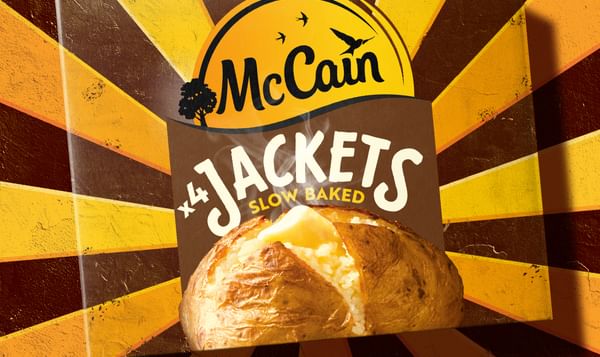Over the next 5 years, northwest European potato prices are expected to gradually climb and elevated price volatility set to persist, according to a new report by Rabobank.
Yields remain the most important price determinant in the dynamic potato market.
Slightly increasing but unstable supply in northwest Europe will funnel to both quickly growing emerging markets and the robust European market.
Players in the potato supply chain have to rebalance their risks and returns by either adjusting control over the overall supply chain or by reconsidering their business model in order to insulate against price and supply issues.
“Northwest European potato prices have already been much more volatile than other food commodities” said Rabobank analyst Cindy van Rijswick. “In northwest Europe, there is a sensitive balance between supply and demand. If production exceeds demand, prices drop sharply and vice versa.”
On the supply side, farmers’ crop decisions are influenced by many factors, including expected profitability, liquidity and soil conditions. More important from a potato price setting perspective however are the eventual yields. While highly dependent on weather and disease, European farmers still have opportunities to raise yields through precision agriculture and improved potato varieties.
Indeed, demand for potatoes produced in northwest Europe is expected to increase in the coming five years, with the market value set to grow as a result of hybrid consumer purchasing trends shifting towards higher value products, such as premium crisps. Emerging markets have shown strong demand growth for frozen processed potatoes, mainly driven by an increase in fast food outlets.

Rabobank
Rabobank believes more supply chain partners will seek closer cooperation to achieve a more balanced supply chain which has hitherto been characterised by powerful, downsteam buyers.
Agri commodity price peaks and market volatility concerns have manoeuvred farmers into a more favourable negotiation position. For other players, realigning their business models into niche markets or growing different crops will serve to insulate against price volatility and supply issues.
Some risk-reducing strategies include investment or working capital ‘light’ strategies, such as becoming a dedicated supplier or joint purchasing or selling with competitors. While most come at a cost, doing nothing or opting for a large degree of flexibility will require a strong balance sheet with adequate liquidity to manage periods of unfavourable prices.











